Metro OKs plan to start its own police agency, wind down contracts with sheriff, LAPD
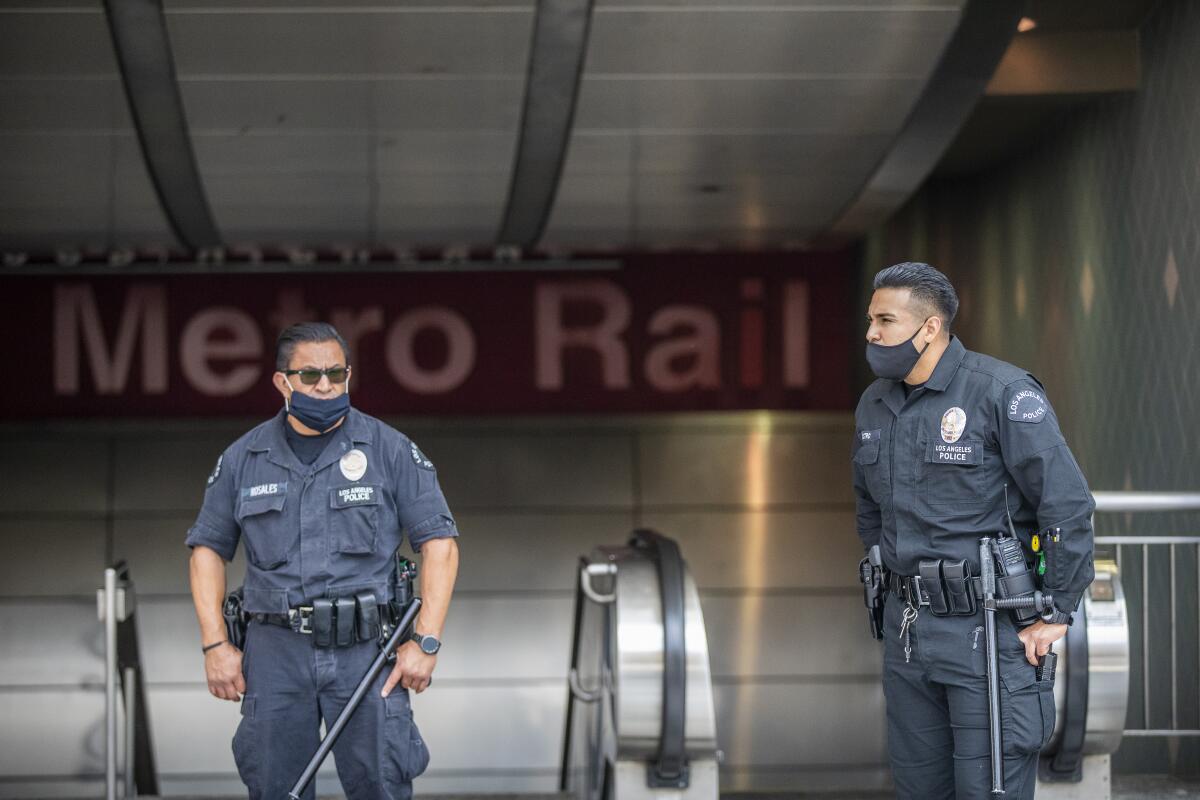
- Share via
Frustrated by its lack of control and the skyrocketing cost of three law enforcement agencies, the Metropolitan Transportation Authority took the first step Thursday to create its own transit police to patrol a sprawling system in which riders have grown weary of crime.
The executive board‘s 10-0 vote came after a rare appearance by the chiefs of the Los Angeles Police Department, Long Beach police and Los Angeles County Sheriff’s Department, who defended their tactics and asked for a seat at the table as the agency sought to get rid of their contracts.
“It’s a big leap. It’s a big change for Metro,” said L.A. County Supervisor and incoming Metro Chair Janice Hahn. She said the move came from the board’s frustration, and she’s concerned that the liability and costs will be higher than anticipated.
The newly approved Transit Community Public Safety Department is being billed as one that will be more visible, accountable and sensitive to riders, a counterpoint to complaints that the LAPD and Sheriff‘s Department — big-city law enforcement agencies with histories of racial profiling — did not patrol the system consistently.
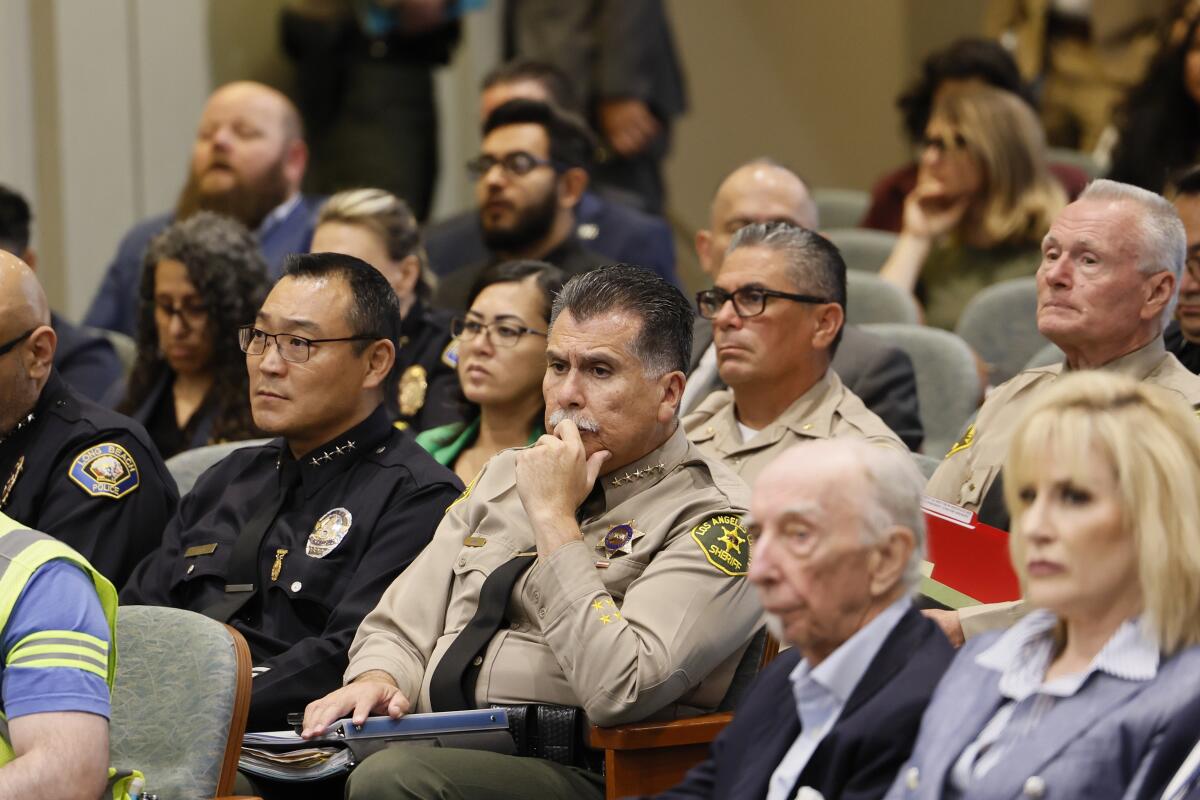
Under the $193-million-a-year plan, Metro would have a daily deployment of 386 sworn officers and 34 transit officers who would work with a team of 673 ambassadors, crisis intervention staffers and homeless outreach crews. The agency estimates that it will take two to six years to fully implement the plan and terminate the contracts with outside law enforcement.
“There’s a lot we need to go through before we get there,” said Los Angeles Mayor Karen Bass, a board member.
She doesn’t expect it to get in place before the 2028 Olympics; but Bass, who has been focused on the city’s homeless population, suggested that the robust social services wing of the plan could create a new model nationally.
Like transit agencies across the country, Metro has been struggling with a rise of riders with severe mental illnesses and homeless people taking shelter on the train since the pandemic. Their visible, sometimes erratic presence has exacerbated a sense of insecurity for other riders.
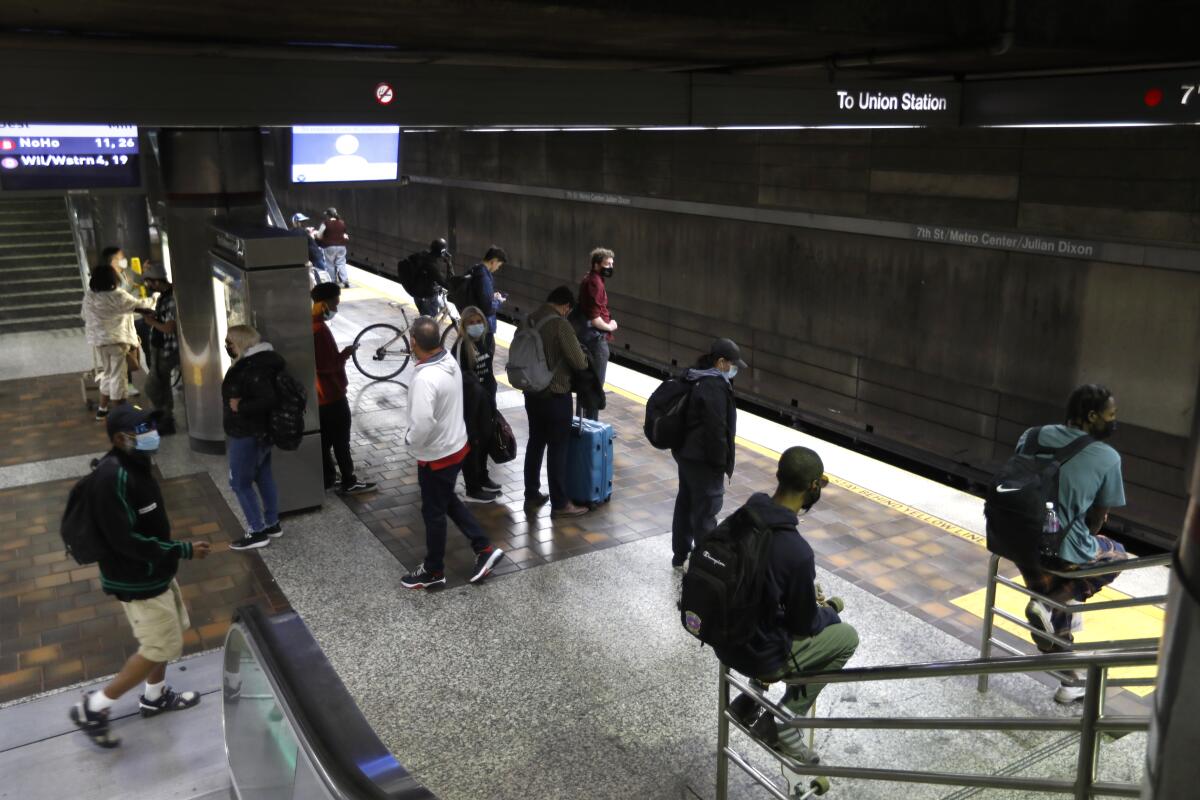
At the same time, criticism has grown that uniformed law enforcement were often nowhere to be seen. The board hopes a new department will be more customer friendly and keep costs under control, while still collaborating with outside law enforcement.
“It’s kind of like a divorce where you still love each other but certain things have gotten in the way,” board member Ara J. Najarian said. “Sometimes things just don’t work out. I don’t think we are ever going to envision a system where we don’t have any contact with our law enforcement partners.”
While the move is a repudiation of those partners, it’s also an acknowledgement of deep-seated challenges the system faces. The agency will face fiscal belt-tightening in the coming years, just as it prepares to add several rail lines. Passenger boardings are increasing from pre-pandemic levels, but the rebound has been slow as riders worry about their safety.
Within the last week, two people were killed on the system. Juan Garcia, 38, reportedly a father of four who frequently traveled the E Line, was shot in the head Friday night. Another man was fatally stabbed Tuesday after exiting a Metro bus in South Los Angeles.
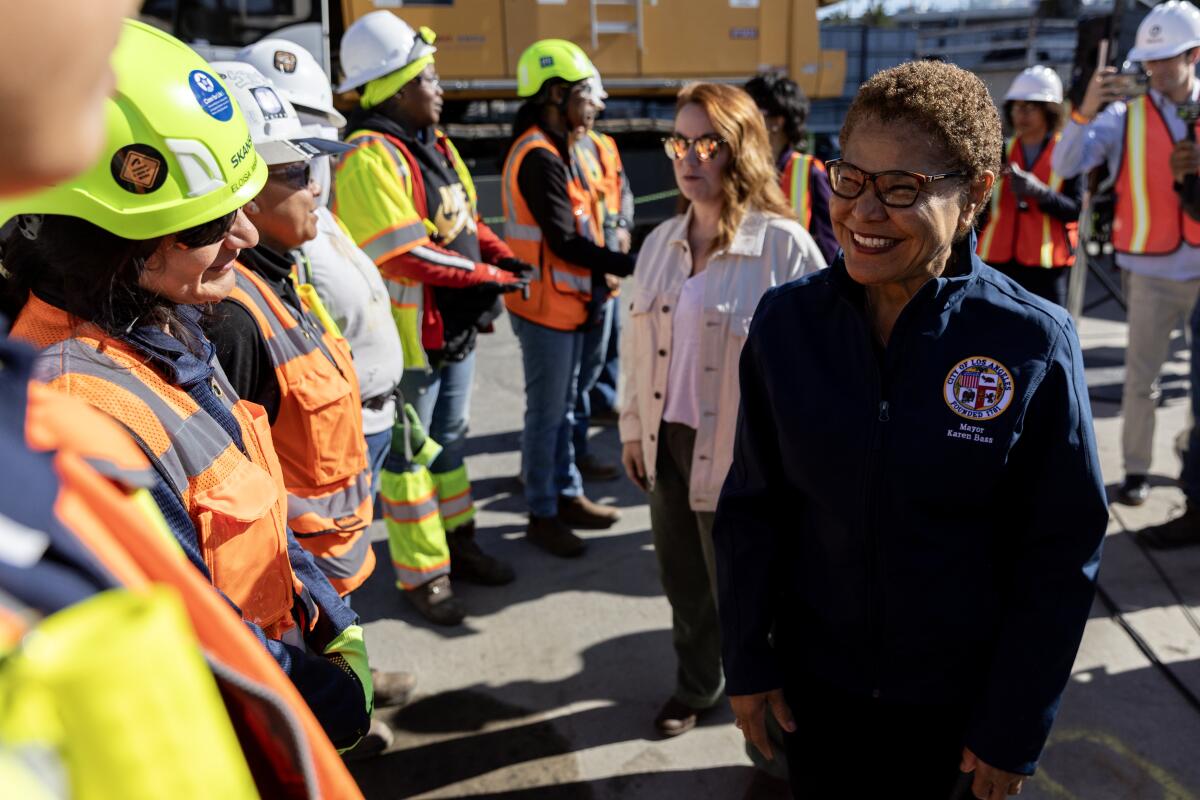
“Metro employees who are spit on, punched, have urine thrown on them and stabbed deserve justice,” Gina Osborn, a former FBI agent who was Metro’s first chief safety officer, told the board.
She said just 30% of last year’s reports of operator assaults were filed with the district attorney or city attorney.
“The lack of relentless follow-up by law enforcement is one of many reasons Metro needs its own public safety department,” she said.
One of the biggest complaints was that contracts were rising at a rate of 10% to 15% annually. This fiscal year, the agency paid $194 million, and Metro projects that by 2029, the same contract would have been $345 million.
Complicating matters, Metro can’t discipline officers or decide how they are deployed. Their three agencies operate under three sets of rules and different command structures. When Bass ordered a surge of police on the system in May, Long Beach declined to participate because their data showed that it wasn’t warranted.
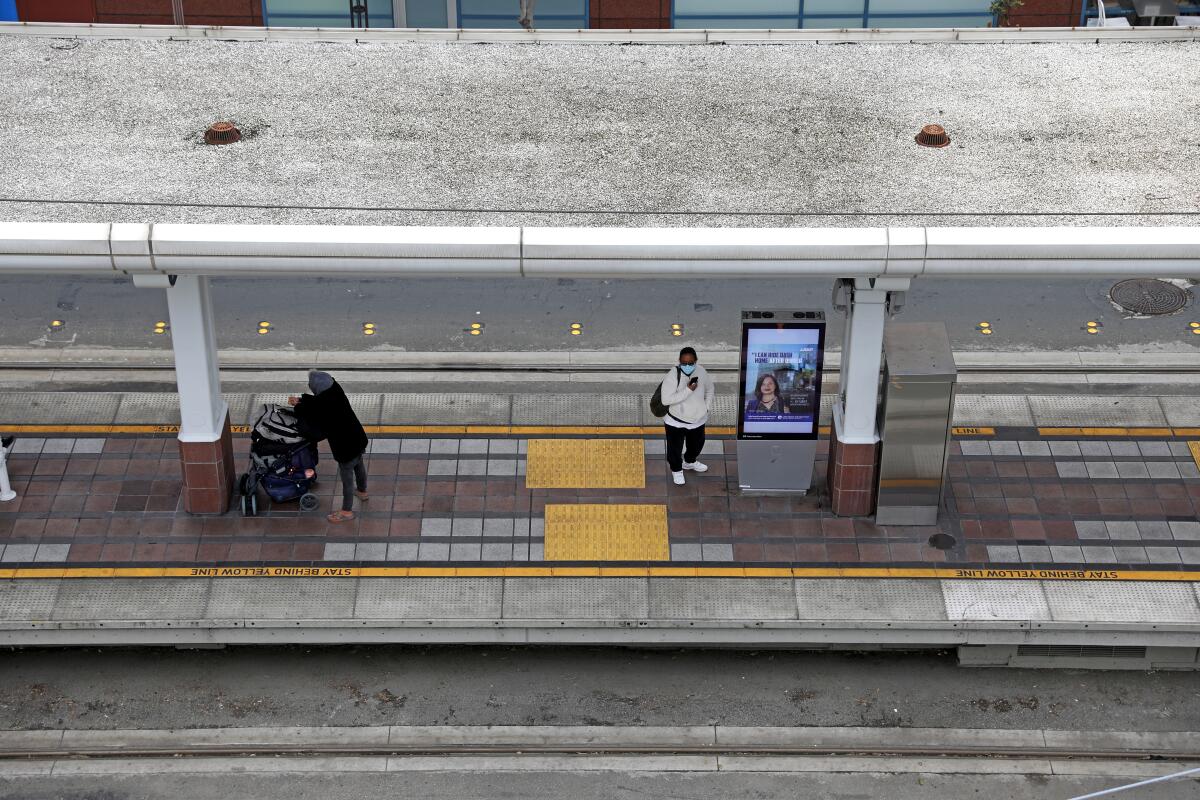
“The only way to do that would have been to pull resources, valuable resources from the bordering neighborhoods,” Long Beach police Chief Wally Hebeish said.
When pressed about why the board should stick with the three law enforcement agencies, Sheriff Robert Luna argued that no one is better at crime analysis and developing an over-arching strategy.
“There’s nobody better at doing it than we do,” he said. “Nobody can go out, engage our community, look at data, respond to crime, improve the quality of life, reduce crime and look at it from a broader picture.”
Even though violence on Metro is lower on average than in Los Angeles as a whole, the perception has racked the board for months after several high-profile killings — among then the hijacking of a bus and attacks on drivers. In April, the agency declared an emergency to speed up the building of enclosed protective barriers for drivers.
“We need operational control of the public safety system,” John Ellis, who represents six union locals that account for 5,000 bus and rail operators working at Metro, told the board. He said Metro needs to expand its law enforcement footprint and bring on officers familiar with the system and trained to treat people dealing with substance use, mental health and homelessness.
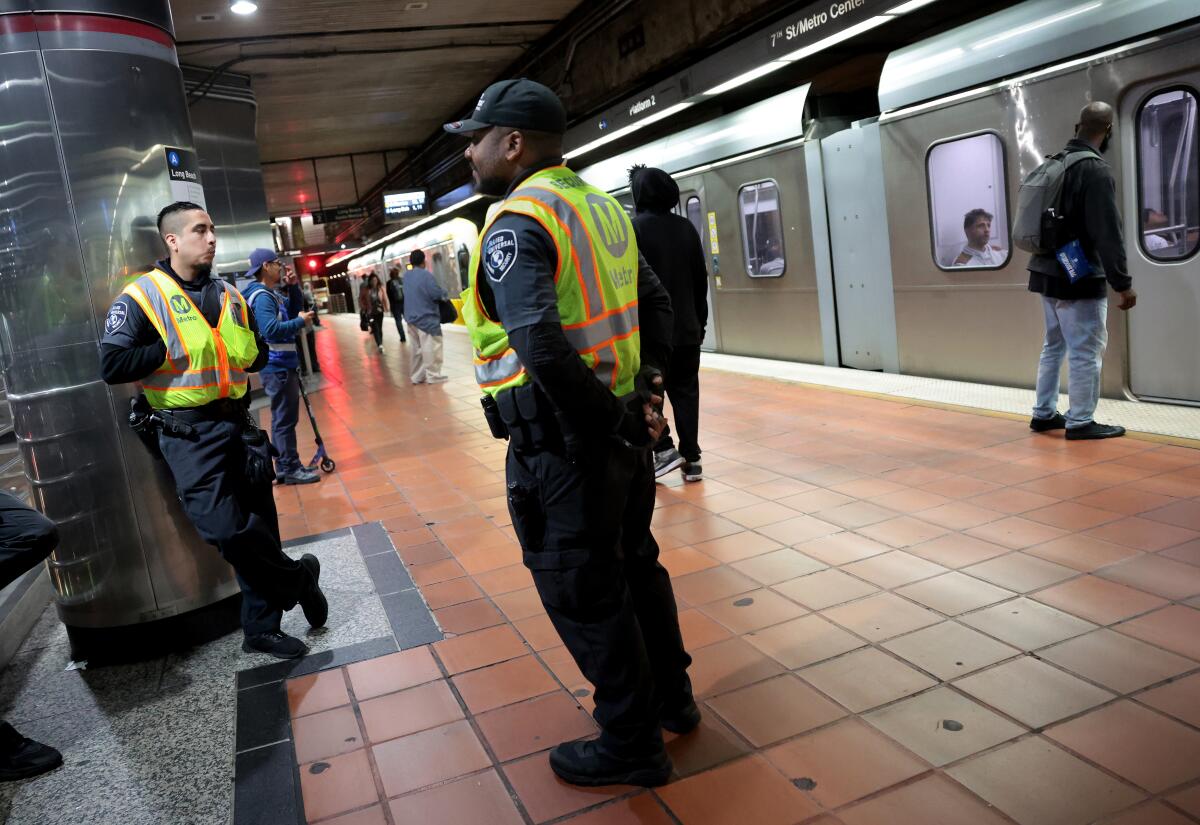
But others see it as just adding more police, when some of the most intractable issues are social ones.
“The plan still places policing at the forefront. Instead of that, we need to invest in care-based safety programs that work to make riders safer,” said Brenda Jackson, a community organizer at Community Power Collective, echoing a consistent complaint of social-justice transit advocates.
In some ways the effort is a throwback.
Nearly 30 years ago, Metro had its own police that focused on quality of life and other crimes common in public transit. But it was disbanded as its patrol duties were doled out to the LAPD and Sheriff’s Department in 1997.
The move to change that was championed by then-Mayor Richard Riordan, who as part of his campaign promised to beef up police ranks by 3,000 new officers. Neither the sheriff nor the LAPD had the money, but the transit agency did. The politically charged plan eventually split up duties between the two and gave millions of dollars to the forces.
Five years in, Metro found the arrangement difficult to manage and costly. It opened up bidding and in 2003 awarded the sheriff with an exclusive contract in a bid to cut down on a bloated command structure and ramp up officers in the field. But that didn’t work. In 2017, Metro moved to a multiagency model.
Since then, Metro’s office of the inspector general has done annual assessments. Those evaluations have persistently found that law enforcement officers haven’t had high visibility in the system, with gaps in ensuring a uniformed presence on platforms and buses.
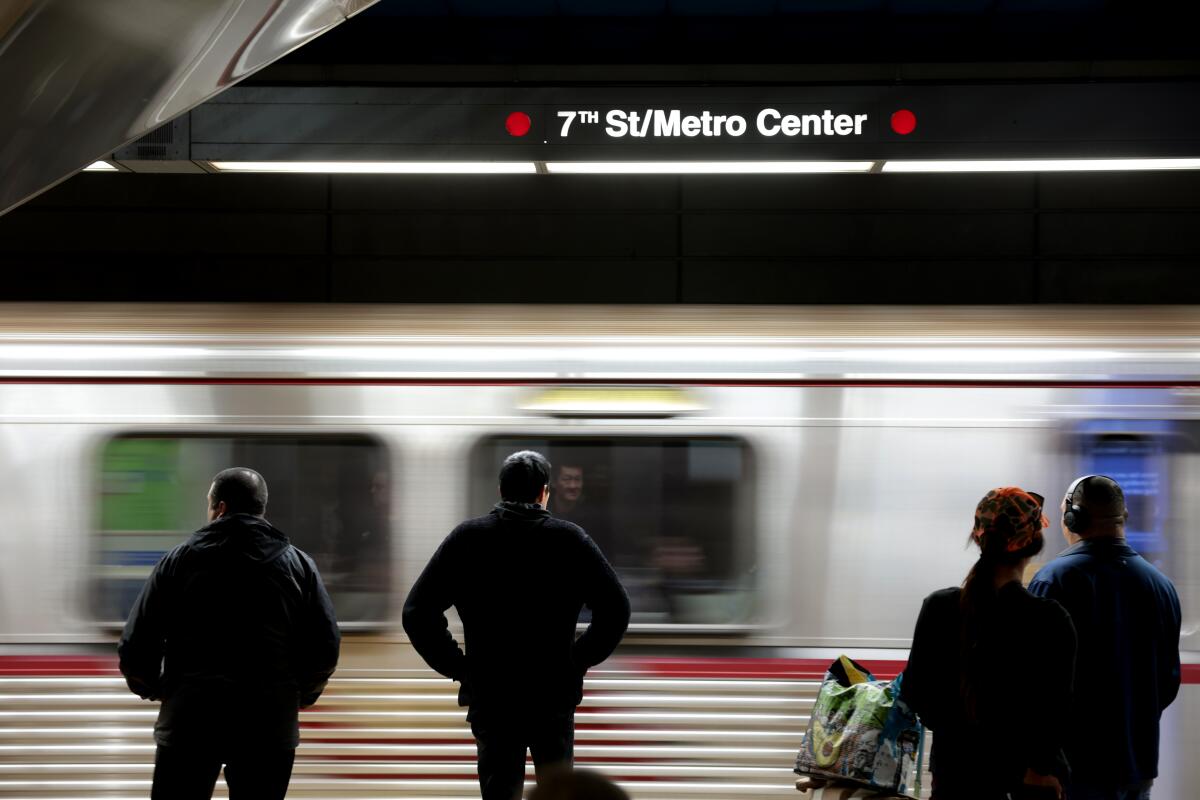
Sharon Papa, the former chief of the long-ago disbanded Metropolitan Transit Police, said she argued then that relinquishing control would only hurt the agency.
“LAPD and the sheriff didn’t go to the academy to police trains and buses,” she said. “It’s not a priority to them. It’s not a culture of customer service.”
Papa, who climbed the ranks at the LAPD and was chief of police in Hermosa Beach and Palos Verdes Estates, said it’s not a knock on either department, just a reality of policing.
More to Read
Sign up for Essential California
The most important California stories and recommendations in your inbox every morning.
You may occasionally receive promotional content from the Los Angeles Times.











